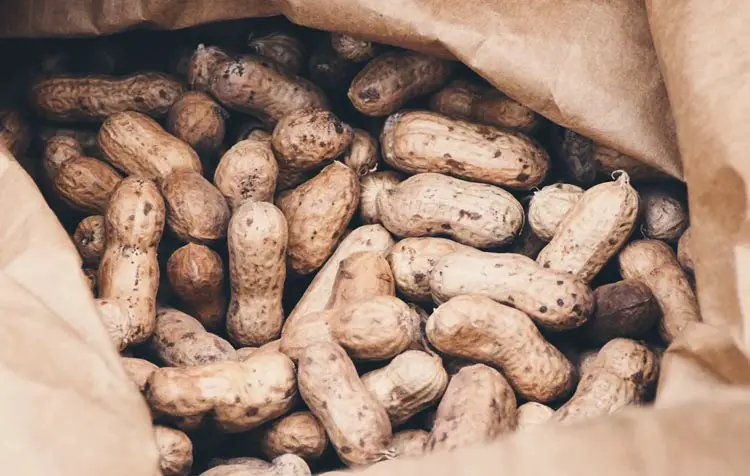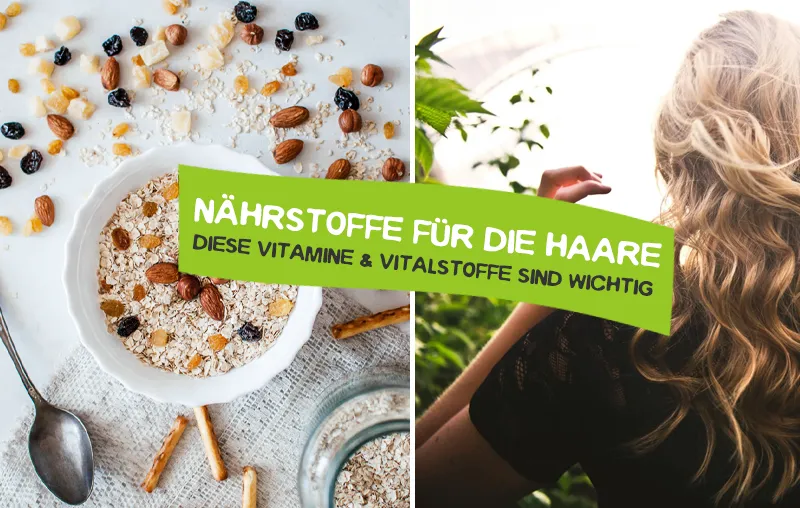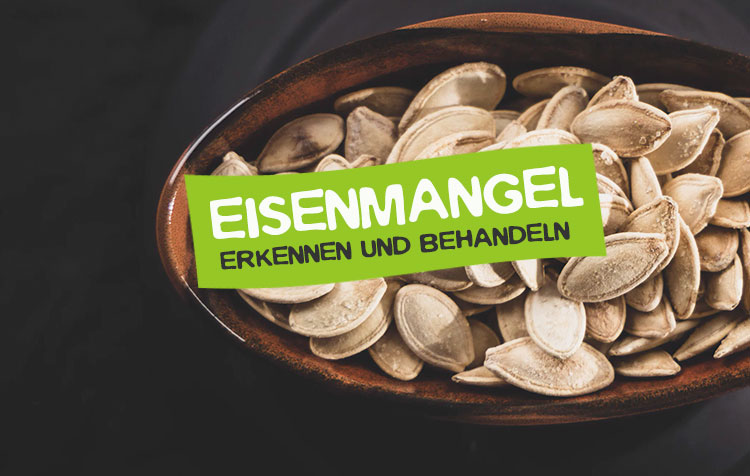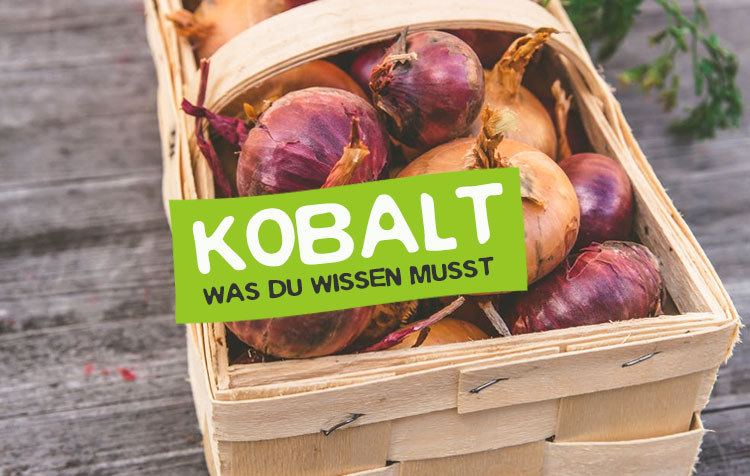You want to learn about vitamin E? Then you can get the most important information about the vitamin, which is also called tocopherol, here. It starts with a short profile, about the intake, the function, the daily requirement, a possible overdose or a deficiency, to the best vitamin E sources and supplements. Finally, I go into the sufficient supply for vegans and vegetarians.
Here is in advance a short Overview for you:
Notice: This article is not a substitute for medical advice, but provides general information about vitamin E only. Please consult your doctor if you feel unwell or want to prevent health problems with medical care.
VITAMIN E PROFILE AT A GLANCE
Assignment: fat-soluble vitamins
Synonyms: Tocopherol, tocotrienol, α-tocopherol, E 306, E 307
Important for: Antioxidant, blood clotting, activity of enzymes
Daily requirement: 11-15 mg tocopherol equivalent (TE)/day from the age of 19.1,2,3
Overdose: Upper Limit 300-1,000 mg/day2,4
Deficiency symptoms: including decrease in red blood cells, damage to nerve, liver or muscle cells, immune deficiency
Food: Seeds and oils, nuts, whole grains, legumes
Nutritional supplement: mostly not necessary, if necessary as powder, tablets or capsules
The absorption of vitamin E
Strictly speaking includes Vitamin E a variety of healthy Antioxidantssuch as tocopherols and tocotrienols. Consequently, it is effective in protecting against free radicals and thus reduces oxidative stress. The food industry uses this as an antioxidant (E 306, E 307) and enriches fats and oils with it.
The Bioavailability of the valuable vitamin is about 30 percent, with losses of about 10 percent still occurring during preparation. For good absorption, the body should have sufficient amounts of Zinc dispose
The vitamin E requirement
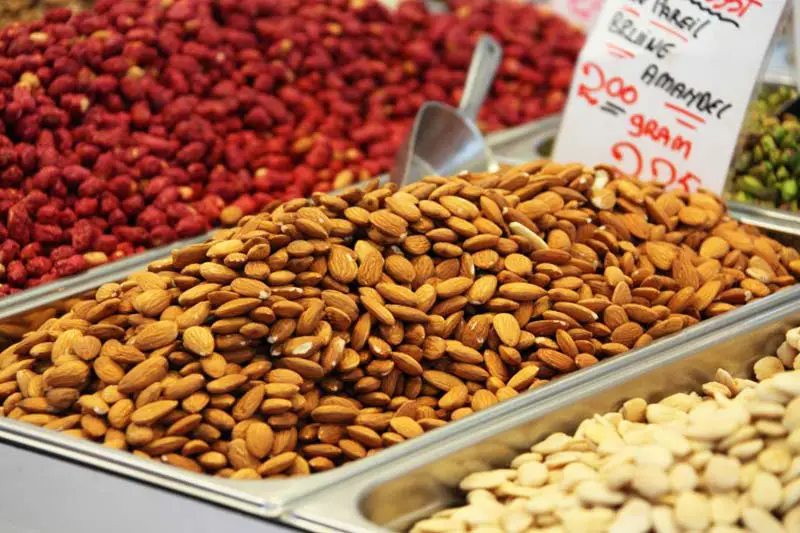
How much vitamin E do you need per day? The intake is calculated in alpha-tocopherol equivalents (abbreviated to TE). Alpha-tocopherol is considered the standard because it can be best stored and transported by the body.
The vitamin E requirement depends on how much polyunsaturated fatty acids you supply your body with. Polyunsaturated fatty acids tend to oxidize, creating free radicals. The more free radicals you have in your body, the greater the amount of the vitamin you need to prevent cell damage.
The recommended daily requirement
Different nutrition societies, always come to different conclusions about the intake recommendations of nutrients. This is exactly the case with vitamin E.
The National Institutes of Health recommends a daily intake of 15 mg DA per day for adults regardless of gender.2 The European Food Safety Authority (EFSA) recommends a daily intake of only 11 mg TA for women and a slightly higher intake of 13 mg TA for men.3
The intake recommendations of the German Nutrition Society (DGE) differentiate according to age and gender. The following table provides a little more clarity about vitamin requirements1:
| Age | male | female |
| 1 to under 4 years | 6 | 6 |
| 4 to under 7 years | 8 | 8 |
| 7 to under 10 years | 10 | 9 |
| 10 to under 13 years | 13 | 11 |
| 13 to under 15 years | 14 | 12 |
| 15 to under 25 years | 15 | 12 |
| 25 to under 51 years | 14 | 12 |
| 51 to under 65 years | 13 | 12 |
| 65 years and older | 12 | 11 |
EFSA recommends for pregnant and breastfeeding women no increased vitamin E intake.3 Regarding pregnant women, the Institutes of National Health concur and stick to their recommendation of 15 mg per day. For breastfeeding women, however, they advise 19 mg per day.2 The DGE recommends an increased intake of 13 mg for pregnant women and an even higher intake of 17 mg per day for lactating women.1
What do we need vitamin E for?
The main function of vitamin E lies in its function as a Antioxidant, so the Protection from free radicals. Together with Vitamin K it regulates the Blood clotting. It also influences the Activity of various enzymes. Vitamin E makes a major contribution to the Skin Health, by helping to tighten the skin and to Wound healing to promote. Also the Hair vitality benefits from an adequate supply of the vitamin. It also reduces the risk of many diseases of civilization such as cancer5, strokes, heart attacks and type 2 diabetes. It is also said to help Fertility of men and women.6
A study by Manosso et al. came to the conclusion that the valuable vitamin even has the potential to reduce the Depression treatment to improve.7 Another study examined the effect of vitamins E and C on lipid peroxidation and the status of GSH-dependent antioxidant enzymes in women taking oral contraceptives, i.e. contraceptives such as the birth control pill. The result is that oral contraceptives increase oxidative stress and thus increase the risk of cardiovascular disease. An increased intake of vitamins C and E can counteract this effect, according to the study.8
The Advantages of a sufficient Vitamin E supply short and to the point:
- Antioxidant effect
- Influence on blood clotting
- Increases the activity of enzymes
- Promotes the Skin and hair health
- Reduced risk of Diseases of civilization
Is an oversupply of vitamin E possible?
According to the National Institutes of Health, dietary intake cannot cause overuse. However, there is the Risk of toxic oversupply with the use of very high-dose dietary supplements. Therefore, a Tolerable Upper Intake Level (UL) of 1,000 mg per day was established.2 EFSA has defined a much lower UL of 300 mg per day.3 However, both values are very high and can hardly be achieved through a normal dietary intake.
Symptoms for an oversupply of vitamin E are disorders of blood clotting, thyroid function and digestion.
The risk of vitamin E deficiency
Basically, the risk of suffering from vitamin E deficiency in Europe is very low. Most often, such undersupply occurs as a result of alcoholism, parenteral nutrition or health impairment of vitamin E absorption.
According to the large-scale National Nutrition Survey (NVS II), the average vitamin E intake for men is 13.7 mg and for women 12.0 mg per day. The survey also concluded that 48 percent of men and 49 percent of women do not meet recommended intakes of vitamin E.9 If one is only slightly below the reference values, this does not mean serious deficiencies and health impairments, but should draw attention to a better vitamin E supply.
Symptoms deficiency are a restriction of the radical defense and thus increased oxidative stress, a decrease in red blood cells, damage to liver, nerve and muscle cells, as well as immune deficiency and favored tumor growth.
In this food is the VItamin
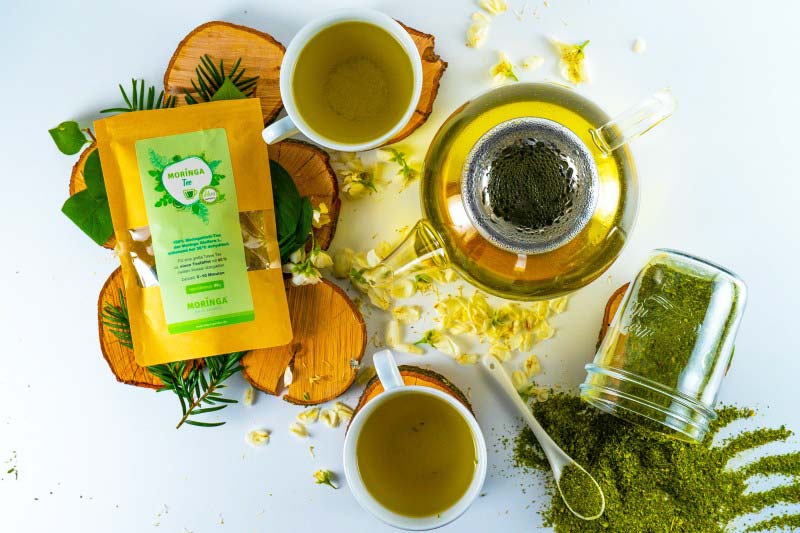
So now the question is what the best sources of vitamin E are. Basically, oilseeds or their vegetable oils (wheat germ oil, soybean oil, rapeseed oil, corn oil), nuts, whole grain products and legumes are good sources for the vitamin E supply.
In addition, the vitamin occurs as an antioxidant in processed foods and is labeled with the E number E 306 or E 307, depending on the form. The use of vitamin E as an antioxidant is considered safe because the dosage is so low that no oversupply can occur.
Below I summarize the best sources:
- Wheat germ oil (185 mg per 100 gram)
- Moringa leaf powder (40-85 mg pro 100 Gramm)
- Safflower oil (50 mg per 100 gram)
- Hazelnuts (26 mg per 100 gram)
- Almonds (25 mg per 100 gram)
- Sunflower seeds (21 mg per 100 gram)
- Whole grain products (approx. 17 mg per 100 gram)
- Peanuts (10 mg per 100 gram)
- Peanut butter (8.5 mg per 100 gram)
Vitamin E supply in a plant-based diet
According to the position paper of the DGE on vegan nutrition, the fat-soluble vitamin E is Not classified as a potentially critical nutrient.10 There are many good plant sources, so that a balanced vegetable diet ensures a supply in sufficient quantities.
As a vegan or vegetarian, however, you should generally make sure to regularly use nuts, seeds, whole grain products, and high-quality oils in your cooking in order to take in sufficient amounts of the essential vitamin.
Should the vitamin be supplemented?
A Vitamin E supplementation is not necessary for many people. The prerequisite is a balanced diet with nuts, seeds and high-quality oils. However, with a diet in which these foods are only found infrequently, a dietary supplement can be useful. For this, it is advisable that you first have your vitamin level tested by your family doctor.
A good Multi-preparation in capsule form, which combines vitamin E with a variety of vitamins and minerals on a natural basis, you get here*.
FAQ: The most frequently asked questions about vitamin K
What is the role of vitamin E in the body?
Vitamin E acts as an antioxidant in the body, protecting cells. It also protects the skin and hair. The vitamin is believed to reduce the risk of diseases of civilization such as cancer, stroke, heart attacks and diabetes.
What foods are rich in vitamin E?
Good sources of vitamin E are nuts, oils and seeds, as well as whole grains and legumes. You can find particularly high amounts of vitamin E in wheat germ oil, moringa leaf powder and hazelnuts.
Is vitamin E water-soluble or fat-soluble?
Vitamin E, which is also tocopherol, belongs to the fat-soluble vitamins. Other fat-soluble vitamins are vitamins A, D and K.
Is vitamin E good for the skin?
Yes, vitamin E is good for the skin. It contributes to skin health by helping to tighten the skin and supporting wound healing.
Is vitamin E good for hair?
Vitamin E increases the vitality of the hair. In doing so, it helps to promote healthy hair growth, prevent hair loss and counteract graying of the hair.
Take in enough vitamin E
For a sufficient vitamin E supply, I recommend that you integrate whole grain products, nuts and seeds into your diet. Optimally, you can also supplement these with high-quality oils and Legumes supplement.
Also think about regular Exercise in the fresh air and stress reduction, for example through meditation. If you still want to do something good for your health and your immune system, then I recommend you in any case with the Cold showers to start.
For questions, criticism and other impulses on the topic of vitamin E, feel free to leave me a comment.
All the best,

PS: You may be wondering, why we live vegan? The linked article gives you the most important reasons. If you want to know even more about nutrients, then feel free to check out our Nutrient database to.
References:
1 Deutsche Gesellschaft für Ernährung e. V.: Vitamin E, https://www.dge.de/wissenschaft/referenzwerte/vitamin-e/?L=0. [03.08.2021].
2 National Institutes of Health. Office of Dietary Supplements: Vitamin E. Fact Sheet for Health Professionals, https://ods.od.nih.gov/factsheets/VitaminE-HealthProfessional/. [03.08.2021].
3 European Food Safety Authority: Scientific Opinion on Dietary reference values for Vitamin E, https://efsa.onlinelibrary.wiley.com/doi/epdf/10.2903/j.efsa.2015.4149 . [03.08.2021].
4 European Food Safety Authority: Tolerable Upper Intake Levels for Vitamins and Minerals, https://www.efsa.europa.eu/sites/default/files/efsa_rep/blobserver_assets/ndatolerableuil.pdf. [03.08.2021].
5 Zentrum der Gesundheit: Vitamin E in Cancer, https://www.zentrum-der-gesundheit.de/krankheiten/krebserkrankungen/ernaehrungs-tipps-bei-krebs/krebs-vitamin-e-ia. [03.08.2021]
6 Zentrum der Gesundheit: Vitamin E: A Top Class Antioxidant, https://www.zentrum-der-gesundheit.de/ernaehrung/vitamine/weitere-vitamine/vitamin-e. [03.08.2021].
7 Luana M. Manosso, Anderson Camargo, Alcir L. Dafre & Ana Lúcia S. Rodrigues (2020) Vitamin E for the management of major depressive disorder: possible role of the anti-inflammatory and antioxidant systems. Nutritional Neuroscience, DOI: 10.1080/1028415X.2020.1853417, [03.08.2021].
8 F. Zal, Z. Mostafavi-Pour, F. Amini, A. Heidari (2012): Effect of vitamin E and C supplements on lipid peroxidation and GSH-dependent antioxidant enzyme status in the blood of women consuming oral contraceptives. Contraception. DOI: 10.1016/j.contraception.2011.11.006, Epub 2012 Apr 9. PMID: 22494786.
9 Max Rubner Institute. J. Möhring, H. F. Erbersdobler (2008). National consumption study II - Results report part 2. In Food Commodity Science For Beginners, (Springer), pp. 121-146. Online: https://www.mri.bund.de/de/institute/ernaehrungsverhalten/forschungsprojekte/nvsii/erg-verzehr-naehrstoffe. [03.08.2021].
10 Deutsche Gesellschaft für Ernährung e. V.: Supplement to the position of the German Nutrition Society regarding population groups with special nutritional needs, https://www.dge.de/wissenschaft/weitere-publikationen/dge-position/vegane-ernaehrung/?L=0 [03.08.2021].

